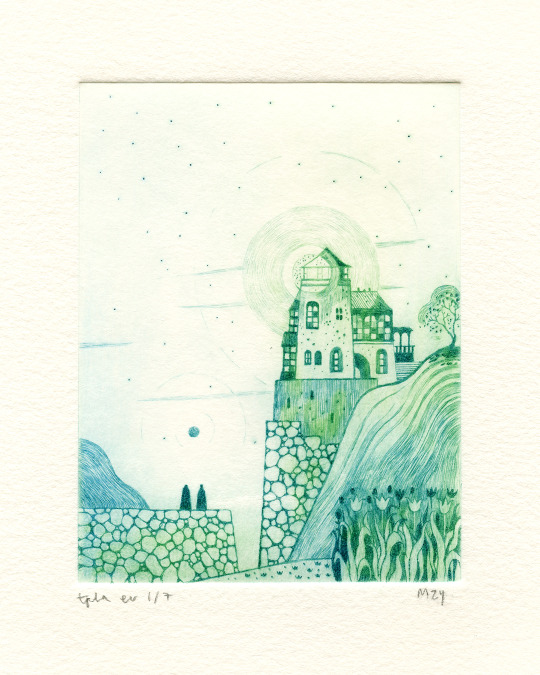#drypoint
Text
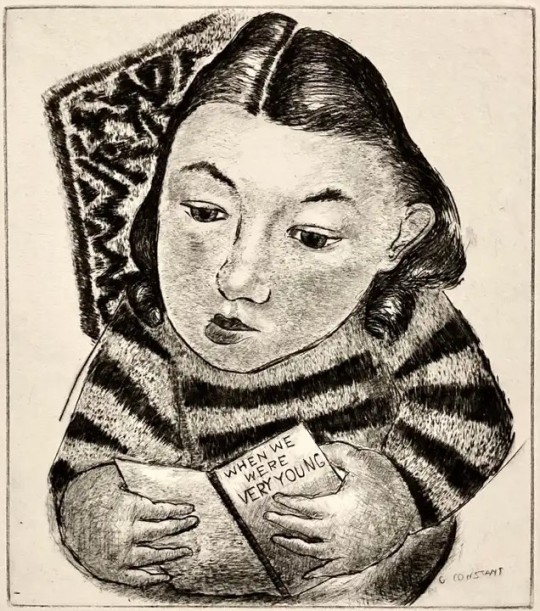
George Constant (Greek,1892-1978)
When We Were Very Young, 1937
Drypoint
43 notes
·
View notes
Text
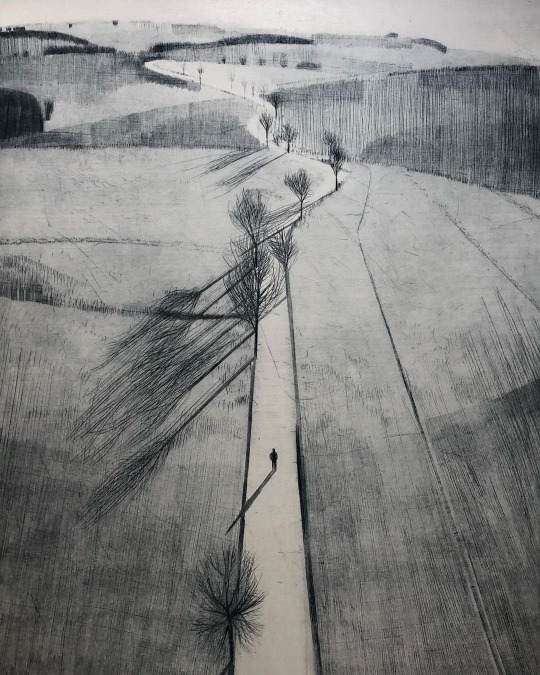
Katja Lang (Ger 1968)
Winterlandscape
Drypoint
5K notes
·
View notes
Text
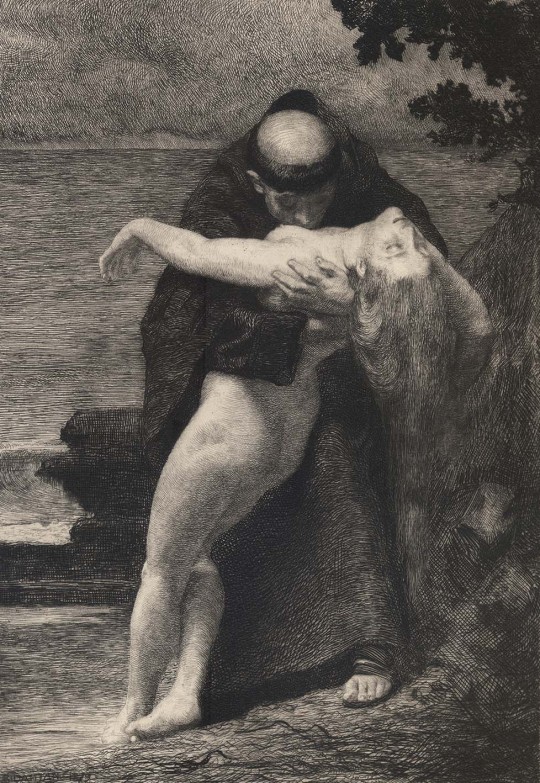
#art#etching#drypoint#romanticism#figurative art#edouard joseph dantan#phrosine et melidore 1879#pierre paul prud´hon
324 notes
·
View notes
Text
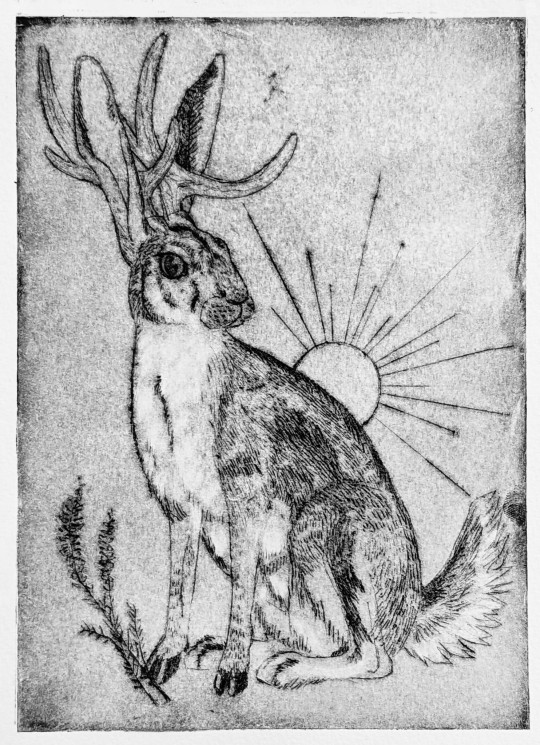
When the seasons were young, the Spirit of Spring gifted the Spirit of Winter an animal of the sun which brought light with its antlers. Its coat was soft and it had paws and cloven hooves both. It was to be a source of food in the cold times and carry the sun’s light through the dark months, and it was named a jackalope. This gift, the Great Hare, gave birth to many more of her kind which lived in the forest with the Spirit. Their feet were strong and swift, and thus he harnessed them and they drew him through the forest on a chariot of wood.
first / prev / next
#art#my art#animal art#creature design#finished piece#creature concept#ink#printmaking#drypoint#oc: vasya#jackalope#fantasy art#folklore#worldbuilding#the spirit of winter#storytelling
240 notes
·
View notes
Text

Samuel L. Margolies, Men of Steel, ca. 1939. Drypoint.
Photo: patrons.org
#vintage New York#1930s#Samuel L. Margolies#construction workers#drypoint#heights#art#working#labor#workers#Men of Steel#vintage Manhattan#vintage NYC
105 notes
·
View notes
Text
Etching and Acid Baths and Surrender
(this is another classic from my personal site I'm belatedly resharing on tumblr, ftr)
Friends, I just finished teaching the last third of a course on print production, and between that and the whole thing with twitter's crop changing (somewhere? not for me but somewhere?) I've found myself thinking a lot about copper etching and my relationship with the acid bath.
So, first up, copper etching is an art form where you engrave (through various means) thin grooves into a copper plate, then squeeze thick ink into those grooves, then wipe off the ink on the face of the plate, then soak paper so it's very soft, then push it all through a press.The pressure forces the paper into the ink-lined grooves of the plate, pushing the ink onto the paper, and you thus transfer the image from your copper plate to your paper. It's a magnificent art form you've certainly seen examples of, even if you didn't know! Here, a Rembrandt:
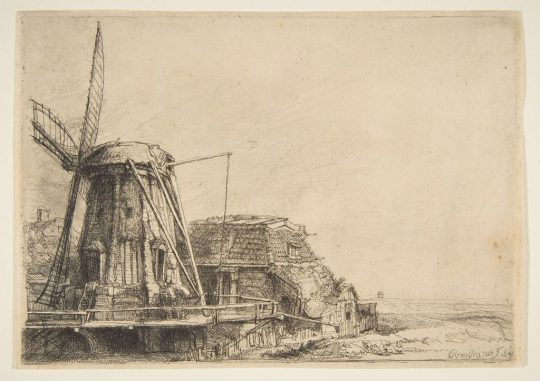
There's a lot of ways to create these grooves in the plate; Rembrandt used a steel point and scratched them in, a technique called drypoint. Later, artists used a technique where a waxy resist would coat the plate, then drew lines in the resist, then soaked the plate in acid.
This is the acid bath of which I speak.
There's a few ways to apply resist to a plate, and they give you different effects when you etch with them. First is a hard resist, which is a thick, firm wax that coats the plate and is removed by using that steel drypoint tool to create thin line work, like this Doré hatching:
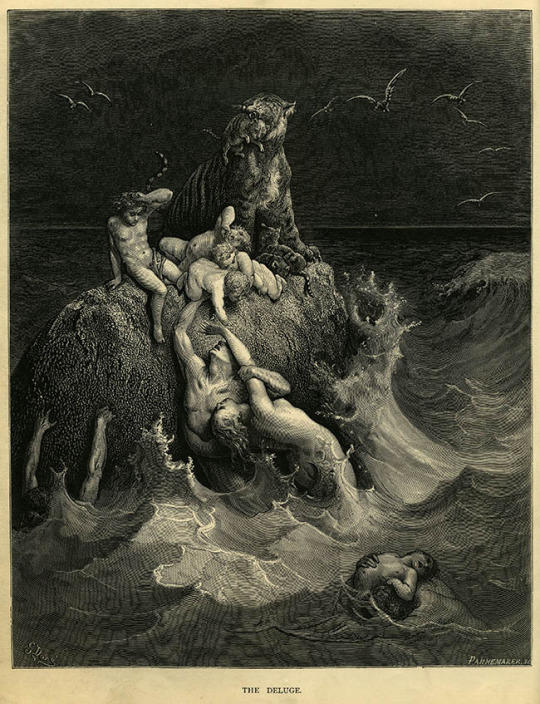
You can also use soft resist, a malleable wax that allows you to press textures into it, like Barbara Smith has in her piece "Textures" here:
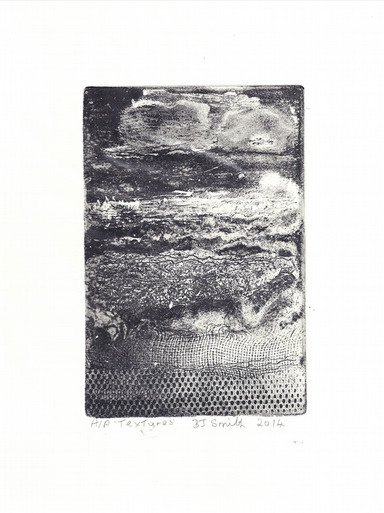
(my terminology might be a bit off, I'm noticing as I google, but hopefully the metaphor will still stand)
And the third method, my fav, is aquatint; a process where you add a resist that is .. spotty. Something like a light spray, or a dusting of wax, so that the plate is covered with a rough, dithered dot pattern of resist, with exposed copper in between. Example via Wikipedia:

I decided to try out copper plate etching, also called intaglio print making, after seeing David Blackwood's work, where he works with aquatint extensively:

Aquatint lets you lay down fields of tone, which he uses in great contrast and collaboration with the linework he etches into the plate as well. It's magnificent work, but it's made all the more miraculous when you understand the whole thing with the acid bath. So, when you put a copper plate into the acid bath, anywhere on the plate that isn't protected by hard, soft or aquatint resist (also called ground) is slowly dissolved into the acid, creating little grooves. The longer it's in the bath, the deeper the grooves - kind of.
The acid is fickle, and the more copper already dissolved into it, the slower it will dissolve new copper. And that's a problem because you want to control exactly how deep those grooves go; the deeper the groove, the more ink it will hold, the darker the line will be on paper. Under-etch your plate, and your lines will be faint, hold very little ink, and be extremely hard to get ink INTO when you apply it before making a print.
But you can't know this until you take all that resist off the plate, wash it, and ink it up and print it.
OVERetch your plate, and the acid will start to eat the copper away from under your resist, widening your lines or flattening out your aquatint, so it's easy to get ink into the lines, but hard not to wipe it back out when you try and wipe ink off the un-etched face of the plate.
Again, not obvious until you go and try printing your plate.
And with intaglio, by which I mean copper plate etching, you might want lines of varying darknesses - you might want aquatint of varying darknesses - and so you will be adding and removing resists of various kinds, and etching and re-etching your plate over and over again.
And you can do various things to get the feel for the acid bath's ... acidity ... on the day you go to etch something in it, but depending on the size of your bath, you etching a large plate for a while might change the bath's acidity. Worst is if it's fresh and you didn't know.
So this whole art form, whereby people produce some of the most precise and exquisite pieces in the north western historical canon IMO, is actually an absurd collaboration with a rogue chemical that may or may not do what you want at any point in time.
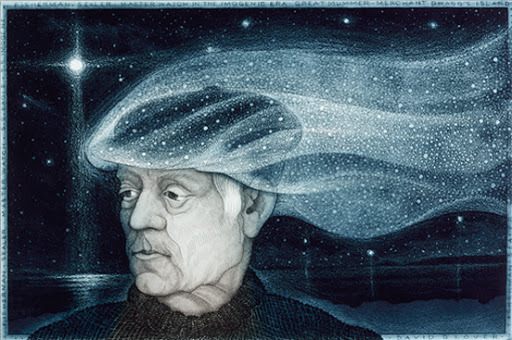
And by my third year of making work like this, I had concluded that you simply had to think of the acid bath as a rogue collaborator who you handed your plate off to over and over again throughout your process. You had to just take a deep breath and accept chaos as an element.
Yes, you did your best to prepare your plate, get the right resist on it, draw the right lines where you wanted them; and yes you set a timer and kept an eye on your plate and checked the etch over and over again - but in the end you were teaming up with chaos chemistry.
And I loved it! I loved the surprises you got from acid bath, even if they went against what I had planned. I loved improvising around its unpredictability! Once I accepted that it was part of the practice, I found it exhilirating.
And for me, that's the appeal of all traditional media - I can't predict every little thing, I'm not 100% in control at all times, and artwork has to happen despite all that.
And so I expanded this concept for myself out to my larger practice. When I send a file to print? I'm collaborating with a printer; both the person, who I can maybe talk to, and the machine, that will have its own peccadillos. I prepare as best I can and still I may be surprised.I'm not saying I never threw out plates that got way out of hand, and I'm not saying I never had a print run of my work I had to send back or reprint - I'm just saying that my thought process around them has changed, so I allow for a wider range of surprises than I used to.
So when everyone was going on about the twitter crop finally changing, and I realized I didn't really care, I noticed that I had expanded this concept to publishing online as well. I prep a nice jpg and then I take a deep breath and accept twitter's chaos in collaboration.
And that's how I discovered that, to me, twitter is just another acid bath.

Read the full article
165 notes
·
View notes
Text
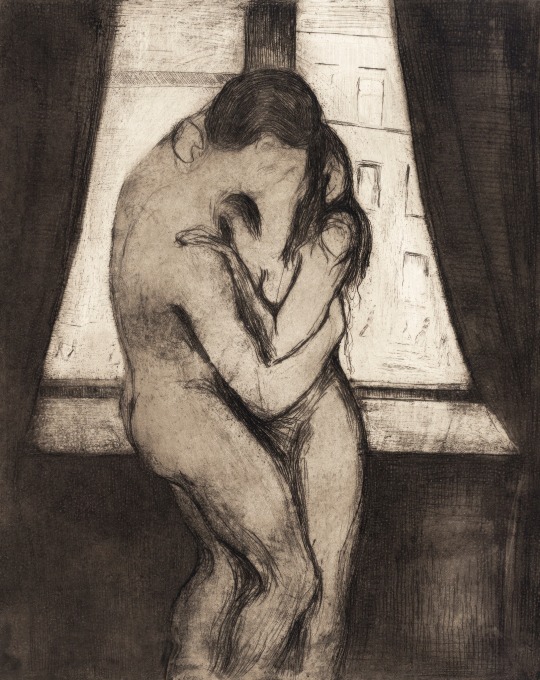
‘The Kiss’ by Edvard Munch, c. 1895.
#edvard munch#vintage art#classic art#art#old art#art history#art details#figurativeart#the kiss#kiss#nude art#etching#drypoint
921 notes
·
View notes
Text
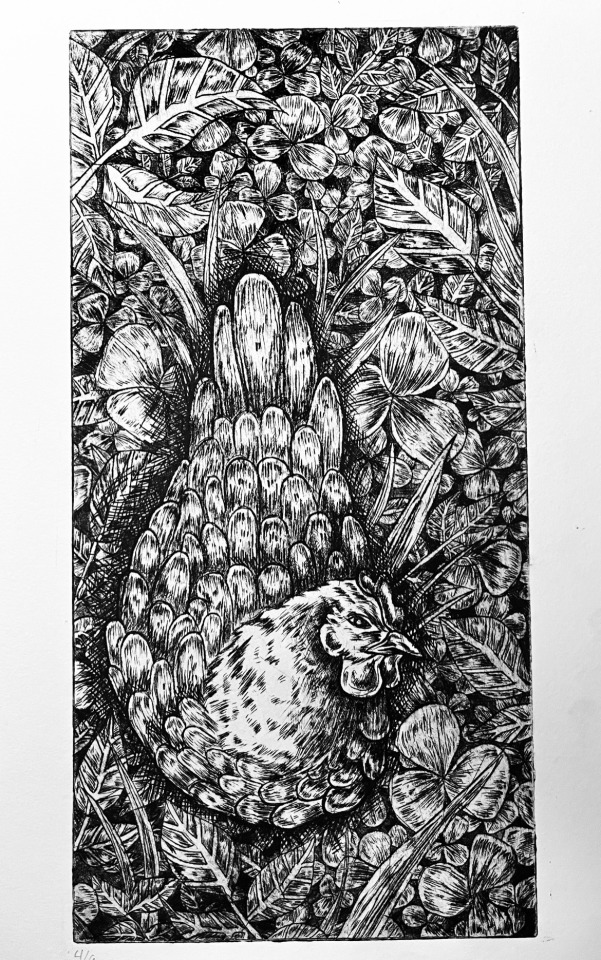
🌾chicken drypoint🌾
instagram - @hungryconcrete
#artists on tumblr#illustration#illustrative art#illustrator#nature#traditional art#art#artwork#chicken#chicken art#printmaking#print#drypoint#intaglio
199 notes
·
View notes
Photo

Sunset at Grunewald Lake, from: Berlin Impressions, 1924. Lesser Ury. Original Hand Signed and Numbered Etching and Drypoint on Simili-Japan Paper.
501 notes
·
View notes
Text
Other versions of the last art work
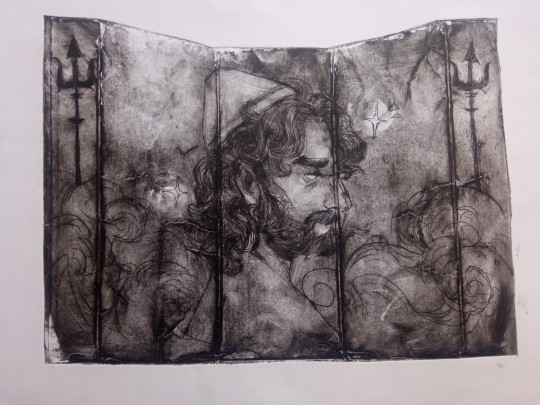
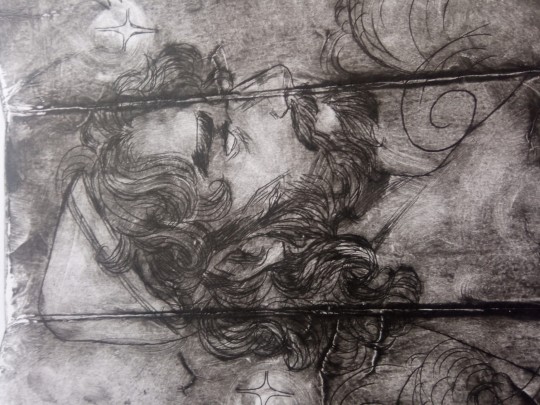
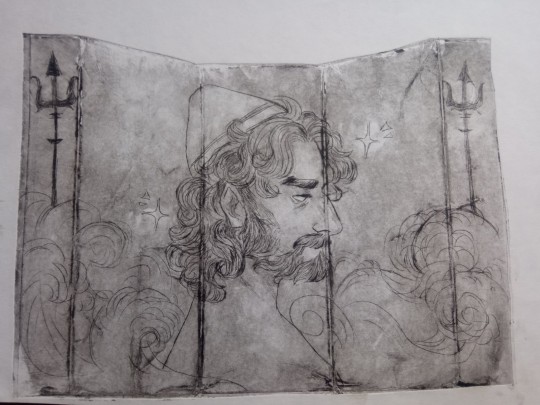
all of this is done by drypoint engraving, made in tetrapack


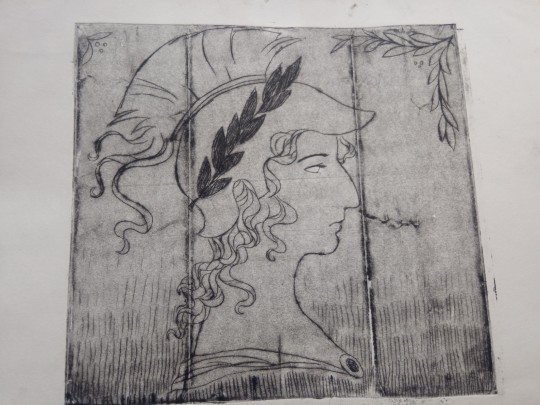
that's all thank you 💋
#engraving#drypoint#athena#hermes#odysseus#the odyssey#artwork#suffering#chamba#tagamemnon#epic the musical#how does tumblr work#what am i even doing
187 notes
·
View notes
Text

Frank Weston Benson (American,1862-1951)
The Dark Pool, 1920
Drypoint
662 notes
·
View notes
Text

O Nidere ♡ Linocut & drypoint test prints


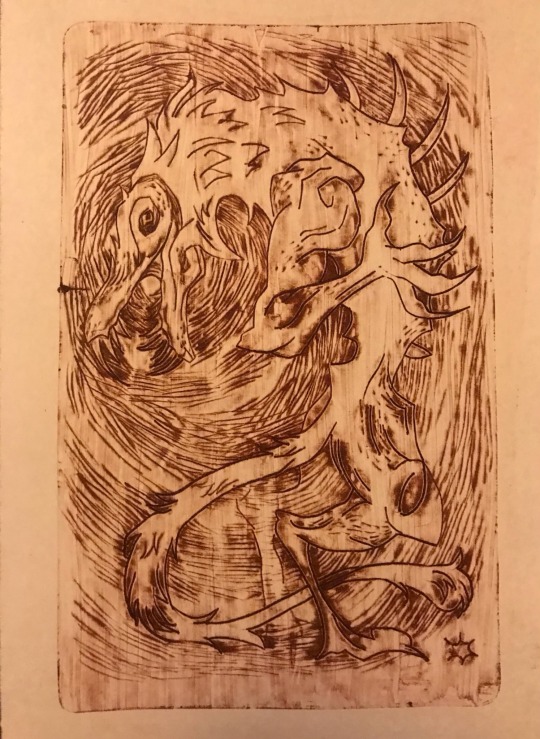
#I love this creature so much this is insane#the linocut is missing some details still#that drypoint was made on a soda can and I don’t know how to print that either#ordem paranormal#opq#ordem paranormal quarentena#nidere#ordem paranormal fanart#linocut#drypoint#etching#printmaking#test print#illustration#my art
151 notes
·
View notes
Text

Mary Cassatt (US 1844-1926)
Under the Horse Chestnut Tree (1897)
Drypoint and aquatint on green paper
#mary cassatt#1897#american art#mother and child#horse chestnut tree#etching#aquatint#drypoint#the metropolitan museum of art
73 notes
·
View notes
Text
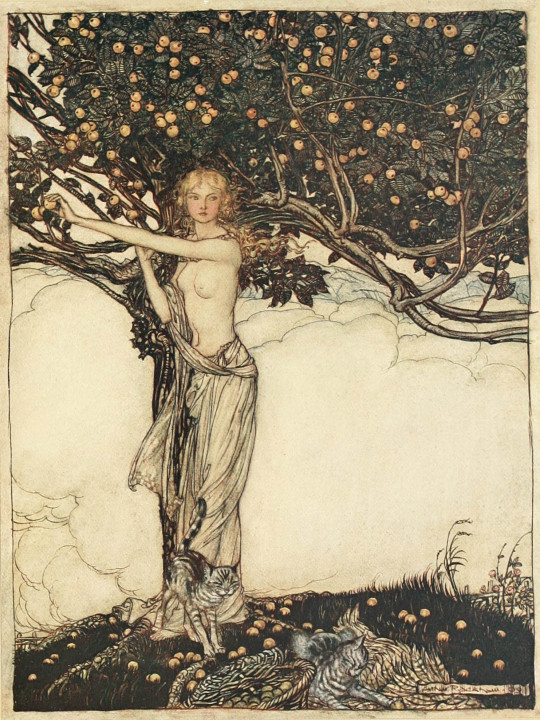
Freia, the fair one · From : The Rhinegold & the Valkyrie, 1910

Sieglinde prepares Hunding’s draught for the night
View more on WordPress

Brünnhilde · From : The Rhinegold & the Valkyrie, 1910
View more on WordPress
#Arthur Rackham#book illustration#brunhild#brunhilde#die nibelungen#folklore#freia#illustrated book#illustration#dessin#drawing#etching#drypoint#aquatint#gouache#Rheingold#watercolor#Zeichnung#Entwurf#disegno#illustrazione#opera#rhein#rhine#Rhinegold#richard wagner#1910s#Ring des Nibelungen#sieglinde#valkyrie
277 notes
·
View notes

